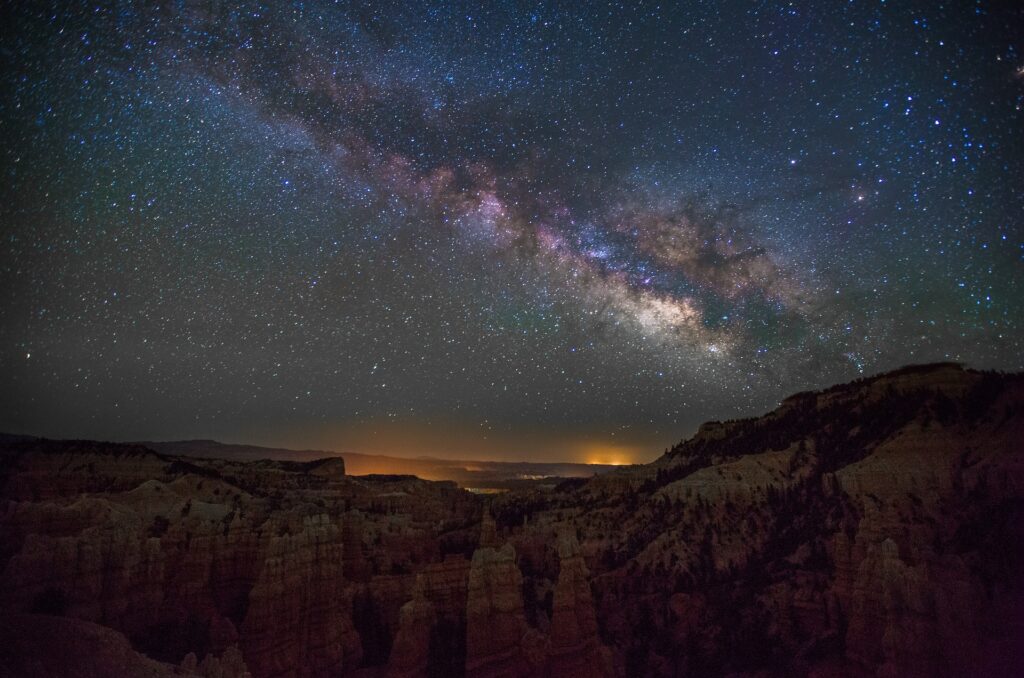
Introduction
Nestled within our brains, the pineal gland plays a crucial role in regulating sleep patterns and circadian rhythms. By producing melatonin and synchronizing our internal clocks with the external environment, it is vital for maintaining optimal health. Although many mysteries surround the pineal gland, its influence on our well-being is undeniable.
I. Anatomy of the Pineal Gland
Located at the brain’s center, between the two hemispheres, the pineal gland resembles a pinecone-shaped endocrine gland. Notably referred to as the “third eye” due to its eye-like appearance, it surprisingly receives ample nourishment and oxygen through a rich network of blood vessels, despite its small size. Additionally, the pineal gland’s unique anatomical features and essential functions make it a subject of ongoing fascination and scientific inquiry.
II. Melatonin and the Pineal Gland
The pineal gland takes center stage in the synthesis and secretion of melatonin, a vital hormone for sleep regulation. Melatonin production is subject to external factors, particularly light exposure. When darkness falls, the pineal gland initiates melatonin secretion, signaling the body to prepare for sleep. Conversely, exposure to bright light, notably blue light from electronic devices, can hinder melatonin production and disturb our sleep-wake cycles’ natural equilibrium.

III. Circadian Rhythms and the Pineal Gland
Our bodies adhere to a 24-hour internal clock, called the circadian rhythm. Serving as the conductor, the pineal gland harmonizes bodily functions with the outside world. By producing melatonin, it aligns our sleep-wake cycles with the day-night rhythm. However, disturbances like jet lag or shift work can induce sleep disorders and health complications.
IV. Seasonal Affective Disorder (SAD)
Seasonal Affective Disorder (SAD) is a mood disorder, manifesting as depressive symptoms during winter months. The pineal gland plays a significant role in SAD, closely intertwined with melatonin production. With reduced sunlight exposure in winter, melatonin production rises, disturbing the circadian rhythm and intensifying depressive symptoms. Light therapy, utilizing bright artificial light, effectively treats SAD by inhibiting melatonin secretion.

VI. Aging and the Pineal Gland
Is the Pineal Gland a Gateway to Spiritual Experiences? For centuries, philosophers, spiritual seekers, and metaphysical enthusiasts have been captivated by the pineal gland. René Descartes, renowned philosopher, coined it as the “seat of the soul.” Numerous spiritual and philosophical traditions propose that the pineal gland acts as a channel to higher consciousness, intuition, and mystical encounters. While these assertions remain largely speculative, the intriguing association between the pineal gland and spiritual experiences persists, inviting further exploration.
VI. Aging and the Pineal Gland
Could the Pineal Gland Unveil Spiritual Experiences? Across centuries, philosophers, seekers, and metaphysical enthusiasts have been enthralled by the pineal gland. René Descartes famously identified it as the “seat of the soul.” Various spiritual and philosophical traditions posit that the pineal gland serves as a conduit to elevated consciousness, intuition, and mystical encounters. While largely speculative, the captivating link between the pineal gland and spiritual experiences continues to beckon exploration.
Conclusion
In the depths of our brains, the pineal gland takes center stage, diligently orchestrating the control of our sleep patterns and circadian rhythms. Its essential role in producing melatonin and synchronizing our internal clocks with the outside realm is crucial for maintaining peak health. While the pineal gland remains shrouded in mystery, its impact on our well-being cannot be underestimated.


